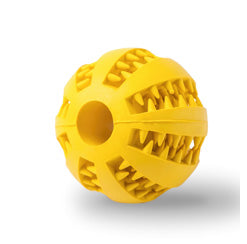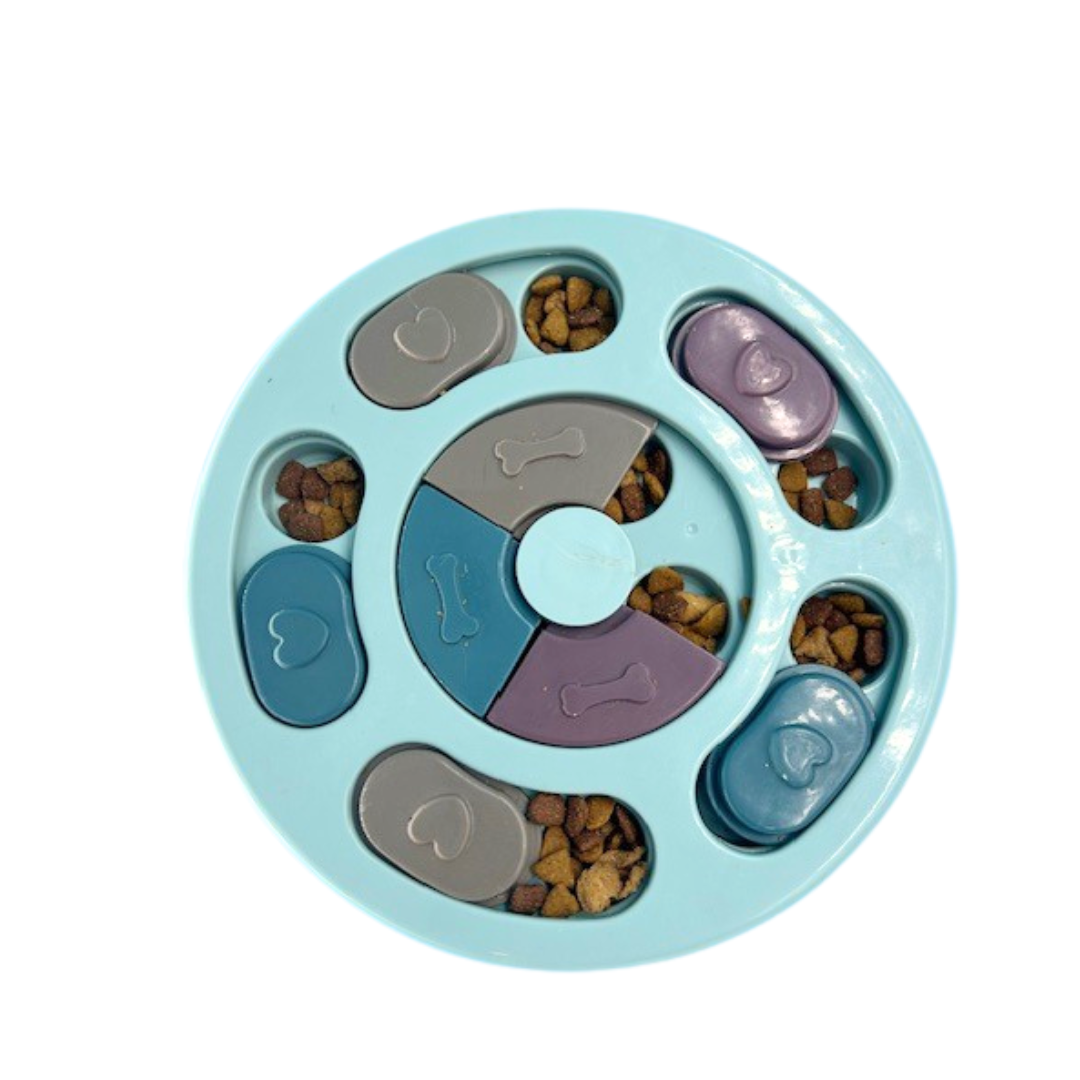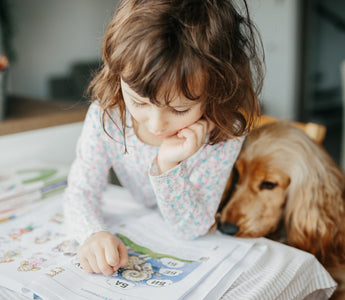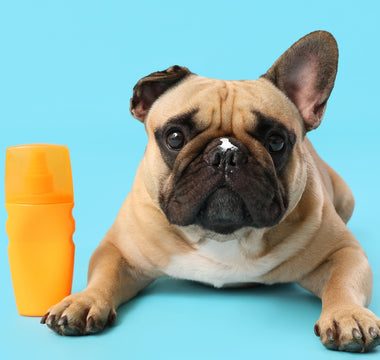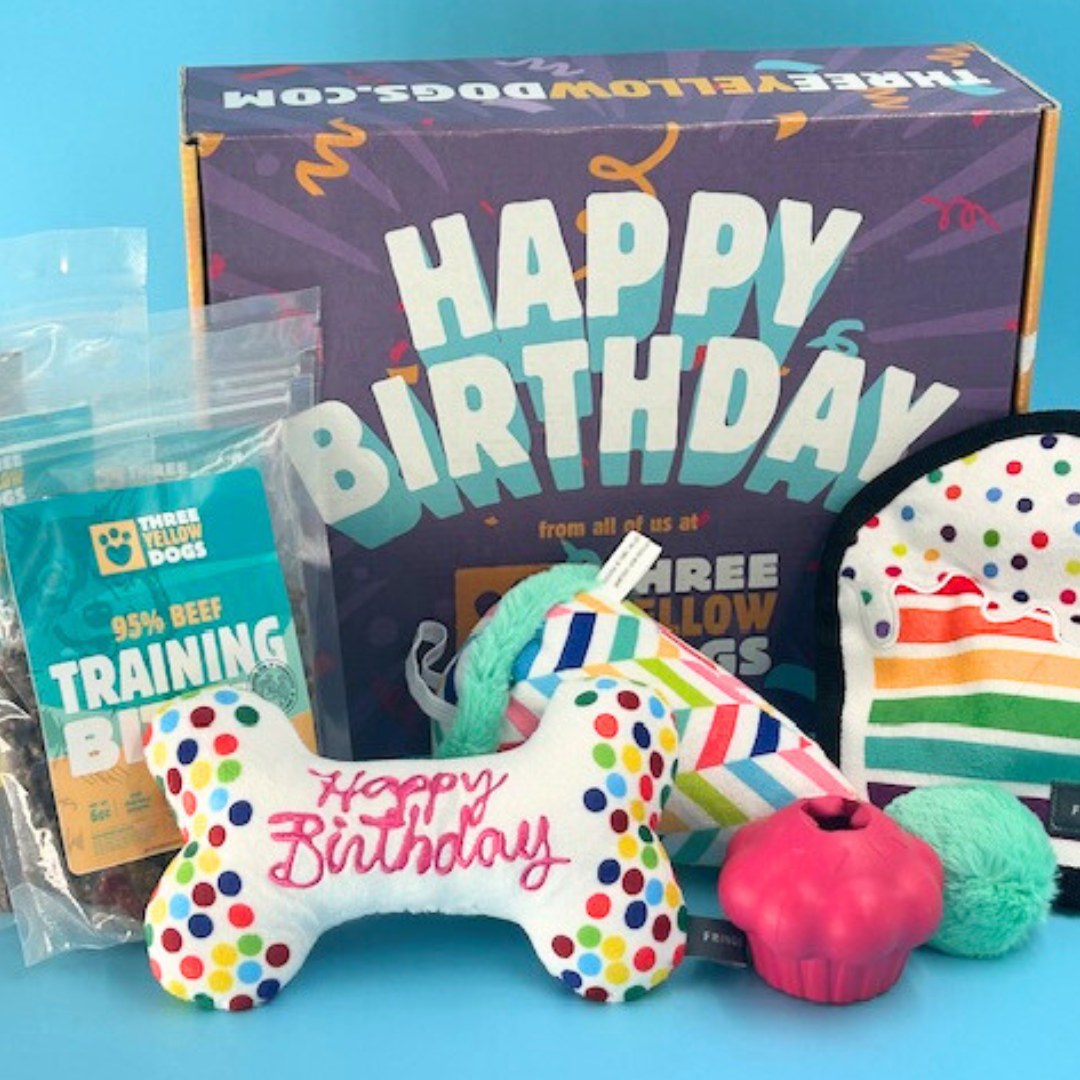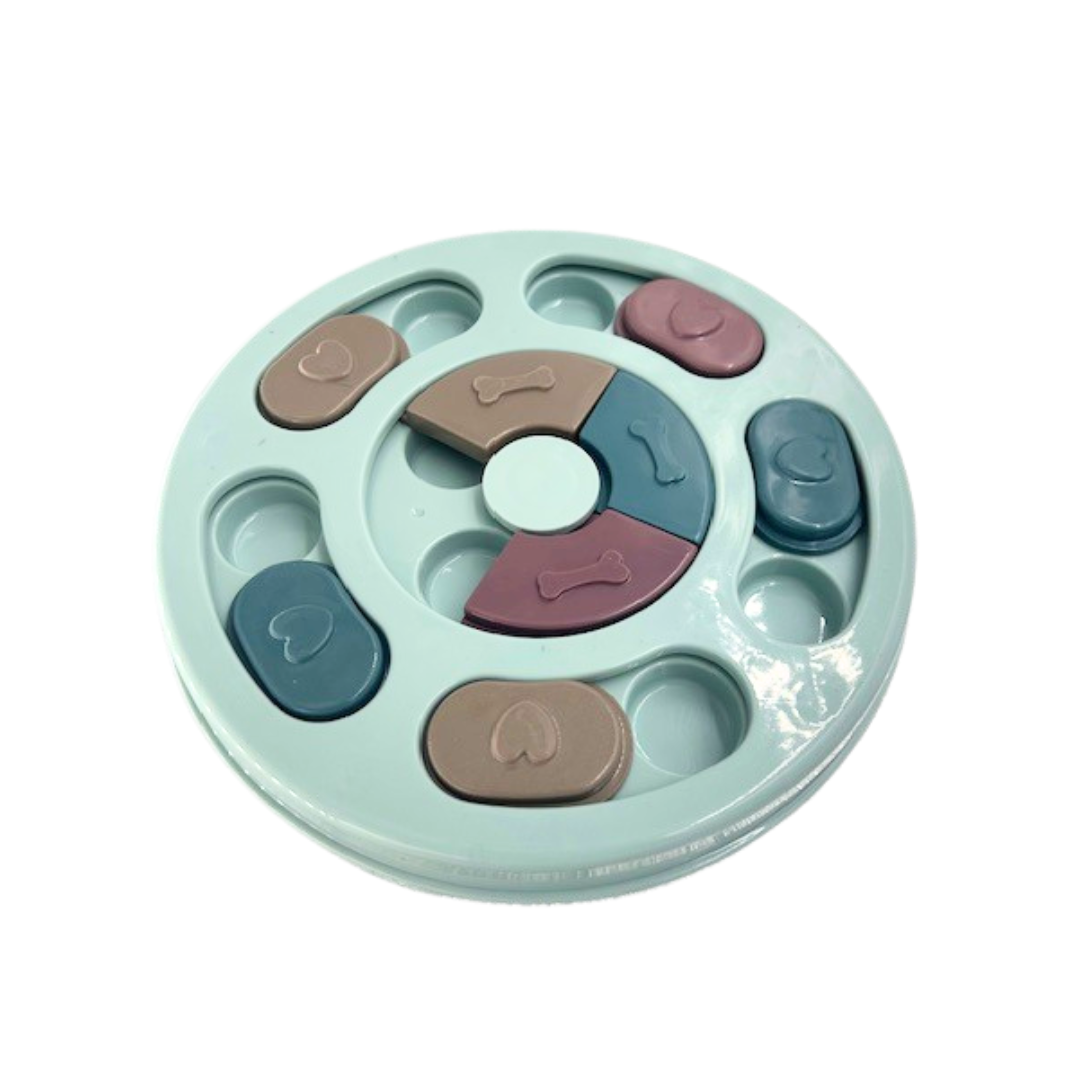1. Establish a Routine
Dogs thrive on routine, and a consistent schedule can make the transition smoother for them.
- Stick to a Regular Schedule: Try to maintain a consistent routine for feeding, walks, and playtime, even on school days. This predictability helps reduce anxiety.
- Morning Exercise: Start the day with a good walk or play session to help your dog burn off excess energy. This will make them more likely to relax while you’re away.
2. Provide Mental Stimulation
Keeping your dog mentally engaged is key to preventing boredom, which can lead to destructive behavior.
- Interactive Toys: Invest in puzzle toys or treat-dispensing toys that will keep your dog occupied and mentally stimulated throughout the day.
- Background Noise: Consider leaving the TV or radio on at a low volume. The background noise can be soothing and mimic the sounds of people around, which can comfort your dog.
3. Ease Into Alone Time
If your dog isn’t used to being alone, it’s important to gradually get them accustomed to it.
- Practice Short Absences: In the days leading up to school, start leaving your dog alone for short periods, gradually increasing the time you’re away. This helps them get used to the idea that you’ll always come back.
- Comfort Items: Leave behind something that smells like you, such as a worn t-shirt. Your scent can be incredibly comforting to your dog in your absence.
4. Consider Daycare or a Pet Sitter
If you’re concerned about your dog being alone for extended periods, consider some additional help. We have used both, daycare and pet sitters before and they are both great. When our dogs were younger we would opt for the doggy daycare. However, the older they get and the more they calm down it's probably best to get a pet sitter.
- Doggy Daycare: Enroll your dog in a daycare program a few days a week. This gives them the opportunity to socialize with other dogs and burn off energy.
- Pet Sitter: Hiring a pet sitter or dog walker to stop by during the day can break up the monotony and give your dog some much-needed interaction.
5. Use Technology to Stay Connected
Modern technology offers some great ways to keep an eye on your dog and even interact with them while you’re away.
- Pet Cameras: Pet cameras allow you to monitor your dog remotely, talk to them, and even dispense treats. This can provide reassurance for both you and your dog.
- Automated Feeders: If you have an unpredictable schedule, automated feeders can help ensure that your dog gets fed at the same time every day.
6. Address Separation Anxiety
Some dogs may struggle with separation anxiety, which can manifest in various ways.
- Watch for Signs: Excessive barking, destructive behavior, or accidents in the house may indicate your dog is anxious when left alone.
- Seek Professional Help: If your dog shows signs of severe anxiety, consider consulting a veterinarian or a dog behaviorist. They can offer advice or recommend treatment options to help your dog cope.
It's true, going back to school is a big change for everyone in the household, including your dog. However, by using the above information, your dog can stay happy and healthy, making the school year easier for all of you.
Remember, just like most things in life, preparation is key to a smooth transition—both for you and your four-legged friend! Just imagine all the kisses and tail wags you’ll be getting once you get home.
Three Yellow Dogs wishes everyone a happy and safe school year!





